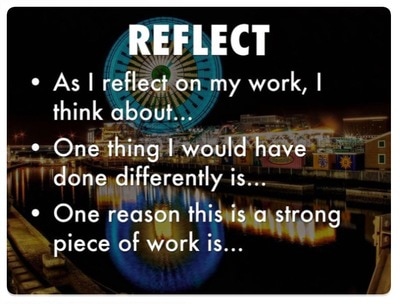

It is argued that the divergent thinking captured in these tasks is one aspect of the process that can lead to the creation of creative products. These measures of creativity examine characteristics such as number of ideas, uniqueness, or level of detail in generated drawings, writings, and verbalizations.

Process-based approaches include tests like the Remote Associations Test ( Mednick and Mednick, 1967), the Structure of the Intellect divergent production tests ( Guilford, 1967), the Wallach-Kogan Creativity Tests ( Wallach and Kogan, 1965), and the Torrance Tests of Creative Thinking ( Torrance et al., 1966). The most processual approaches are those that aim to measure the cognitive aspects that can eventually lead to creative behavior – most namely, divergent thinking. But in psychology, even those approaches to creativity assessment that are “process” based are essentially dependent upon what educators would think of as products. Additional categories include personality and press, constituting the 4 Ps ( Fishkin and Johnson, 1998 Barbot et al., 2011 Said-Metwaly et al., 2017). Like art educators, psychologists have also categorized creative thinking in terms of both product and process. These observations and reflections form evidence of thinking in the act of making (or the student’s artistic mind). Rather, it is one that requires attention to the ways a student thinks and how those thoughts form habits of cognition and behavior.

The authentic behaviors, motivations, and awareness of various thinking dispositions that are useful in the domain are only accessible through close observation of students at work, or through evidence of their reflection on their making process (through conversation, critique, and written artist statements.) In short, a process-based view is not one that depends solely on any particular tangible artifact that can be ranked, counted, or numerically measured. In a process-based view, the final “product” is the artistic mind of the student ( Hetland et al., 2007, 2013). While this lens offers some information about the student’s skills and interests, arts educators have countered that a process-based view is one that provides an alternative lens that is informative in ways that final products cannot capture. These works may be assessed on various dimensions – e.g., technique, expression, realism, composition, etc.

In a product-based view, the artwork is paramount in assessing a student. We focus here on the discipline of arts education and argue for a process-based rather than product-based approach to examining creative thinking in the arts. Educators must balance teaching and assessing concrete technical skills, which often lead to polished products, versus teaching and assessing creative thinking potentials, which are often exhibited through exploratory, messy processes, as discussed by Sawyer (2017). The dichotomy between process and product is a familiar one in the field of education ( Bruner, 1960 Lachman, 1997 Runco, 2003), and particularly in visual art education ( Sullivan, 2001 Gude, 2010 McLennan, 2010). Qualitatively created frameworks, like those of the Studio Habits of Mind, can be used to inform our understanding of creative behavior in various disciplines. We argue that the creative thinking occurring during fashion design bears strong resemblances to that which occurs in the art studio-classroom. We found abundant evidence of all eight of these thinking dispositions in all portions of the show. An entire season of the show (14 episodes) was transcribed and coded for the presence of eight Studio Habits of Mind. Our source of data was footage from a popular reality television show, Project Runway, in which nascent fashion designers are given garment design challenges. Our focus is on “habits of mind” (thinking dispositions) used during the creative process, and the categories we used were those of the eight Studio Habits of Mind observed in visual arts classrooms ( Hetland et al., 2007, 2013). We examine creativity from a qualitative process rather than a quantitative product perspective.


 0 kommentar(er)
0 kommentar(er)
